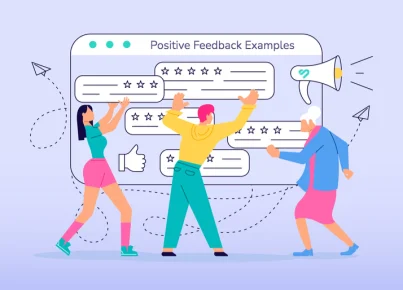Introduction:
In the competitive environment of modern education, it’s crucial for teachers and educators to identify low performing students before they fail. This helps ensure that all students can reach their full potential and achieve academic success. By detecting potential academic issues early on, educators can easily intervene and provide the necessary help to these students. In this article, we will discuss a series of tricks and strategies that can assist in catching low performing students before it’s too late.
1. Monitor student progress closely:
One of the most effective ways to identify struggling students is through regular monitoring of their academic progress. Teachers should keep track of attendance, tests scores, assignments, and class participation. Additionally, by maintaining individualized student profiles, educators can gather insights about each student’s strengths and weaknesses, making it easier to recognize those who need additional support.
2. Encourage open communication:
Fostering open communication between students and teachers is vital when trying to catch low performing students early. By encouraging them to approach you with any difficulties or concerns they may have regarding their studies, you create an environment where they feel comfortable seeking help.
3. Utilize formative assessments:
Incorporate regular formative assessments into your curriculum that cover critical concepts being taught in class. These assessments can help identify gaps in student understanding and provide targeted feedback aimed at improving their performance before summative assessments are given.
4. Implement peer tutoring:
By implementing a peer tutoring program, students can learn from one another and build essential collaboration skills while sharing knowledge and expertise. This not only supports low performing students but also reinforces the material for higher-performing individuals by discussing complex concepts.
5. Organize study groups:
Encouraging students to participate in study groups can lead to more active engagement with course material outside of classroom hours. By discussing coursework with their peers, struggling students may find it easier to grasp difficult concepts and improve their overall understanding of the subject matter.
6. Offer additional resources:
Ensure that all students have access to supplemental resources designed to support, review, and reinforce classroom learning. This could include study guides, online tutorials, after-school programs, or other specialized support services. Making these extra resources available can provide a significant boost to the academic performance of low performing students.
7. Provide early interventions:
When a student shows signs of struggling in class, it’s crucial to address these issues promptly. Early interventions can include one-on-one tutoring sessions with the teacher, enrolling students in remedial courses, or connecting them with educational specialists who can address any underlying learning difficulties.
Conclusion:
Catching low performing students before they fail is essential to ensuring that every student has an equal opportunity for academic success. By monitoring progress closely, encouraging communication, and providing additional support through various means, teachers can tackle potential issues head-on. Implementing these tricks and strategies demonstrate a commitment to the growth and development of each student as they journey towards their educational goals.




